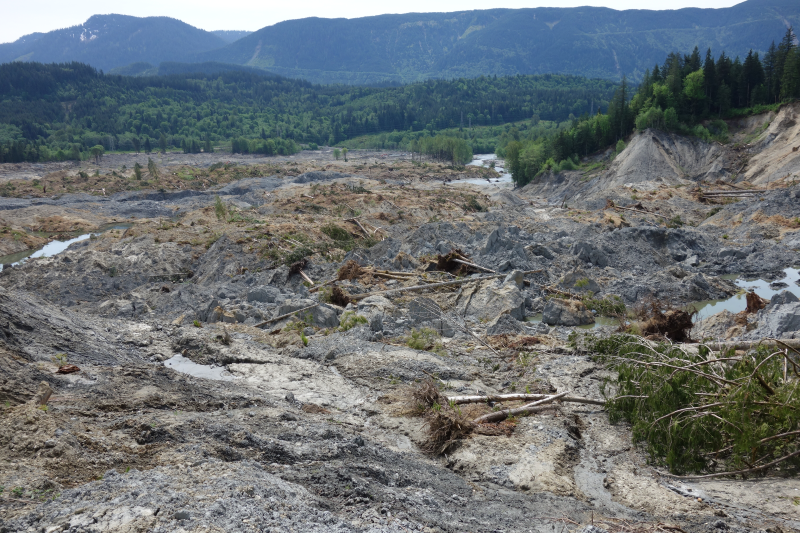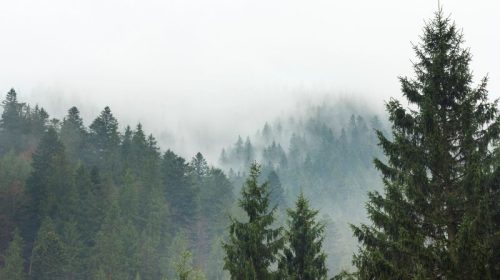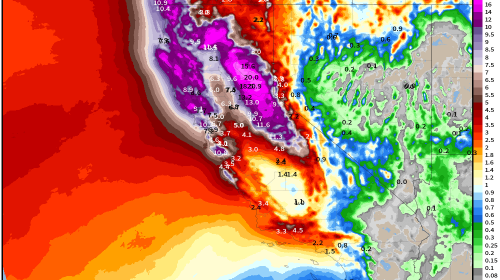At Home When Debris Flow Strikes: There Is Hope
By Jennie Dusheck
After an intense heat wave, weeks of fire and smoke, hundreds displaced, and the worst pandemic in a hundred years, all of us are more than ready for recovery and healing. But many in the CZU fire zone are facing debris flows capable of carrying away or crushing buildings, vehicles, and people.
Early evacuation is the safest option. County officials have held town halls to explain debris flow maps, the precision of rain forecasts, evacuation alerts, evacuation maps, and blocked roads.
But what happens if, for whatever reason, you don’t evacuate? Amazingly, you can increase your chances of surviving a debris flow. Last summer, Joseph Wartman, a civil and environmental engineer, and William Pollock, a geotechnical engineer; both at the University of Washington, in Seattle, published a scientific report on how to survive a landslide.
“Our findings are super straightforward and simple,” says Wartman. “They’re really about educating people about the kind of proactive things that they can do before and during an event.”
Pollock and Wartman first assembled a database of landslide survivals from all over the world. “We’ve traditionally understood that size or intensity of a landslide determines if a person will survive such an event,” says Pollock. “But in this work, we discovered that it’s human behavior more than anything else that drives mortality.”
For landslides under 3 feet deep, most people survived, and for landslides deeper than 16 feet, almost no one survived. But in between 3 and 16 feet, human behavior made all the difference.
First, Be Ready
As most near the CZU zone now know, where fires have incinerated vegetation and soil, heavy rain can quickly turn soil into fast-moving, exceptionally dangerous debris flows that move far too fast to outrun. If you haven’t already done so, check a local landslide risk map to see if you live in a high-risk area. Then create an evacuation plan.
Next, think about where you sleep. Heavy rains are more common at night, as are debris flows, when most of us are asleep. “A lot of homes have bedrooms right at the very back of the house [facing uphill]. That’s the most dangerous part of the house,” says Wartman. If a mudslide speeds downhill towards your house in the middle of the night, mud and boulders may slam through windows and doors on the uphill side.
If possible, move bedrooms upstairs or to the downhill side of the house (or both). Move beds away from exterior walls, especially in bedrooms that face uphill.
Also, choose a small, interior, unfurnished room, such as a closet or bathroom as a refuge. One woman survived in a closet for nearly 5 hours under 16 feet of mud and rocks until she was rescued. Small rooms are less likely to collapse. Remove furniture, which could injure you.
It’s 3 am. What’s that Sound?
Imagine waking up to the sound of branches cracking or a rumbling like a freight train. Those are the sounds of a landslide.
You probably have less than 60 seconds to act. Get up high! In Pollock and Wartman’s study, those on an upper floor, attic, or roof survived 95% of the time. Just running upstairs in the last seconds before a debris flow hits your house can increase your chance of surviving by 12 times. Even if your only option is to stand on a kitchen counter, do it. Elevation is your friend.
Don’t
Don’t go outside, open a door out of curiosity, or take cover by a piano or a large piece of furniture; it could crush you.
Trapped
Once the landslide stops, you may be trapped. In two major landslides in Pollock and Wartman’s study, half died, 28 percent escaped on their own, and 20 percent were rescued by others. Of those rescued, 77 percent were first found by neighbors. Neighbors are close by and can call for more help.
If you are trapped, you may have severe injuries and you may be at risk of suffocating, either from something heavy on your chest or limited air in a small space. Wave objects and make noise to attract attention so someone notices you. Shout, whistle, or bang on debris. Don’t give up.
Jennie Dusheck is an award-winning author and editor. She is a freelance science journalist with an interest in climate change and health.
Caption: The 2014 Oso, Washington, landslide killed 43 people
Credit: Photos by Joseph Wartman, PhD
The San Lorenzo Valley Post is your essential guide to life in the Santa Cruz Mountains. We're dedicated to delivering the latest news, events, and stories that matter to our community. From local government to schools, from environmental issues to the arts, we're committed to providing comprehensive and unbiased coverage. We believe in the power of community journalism and strive to be a platform for diverse voices.





